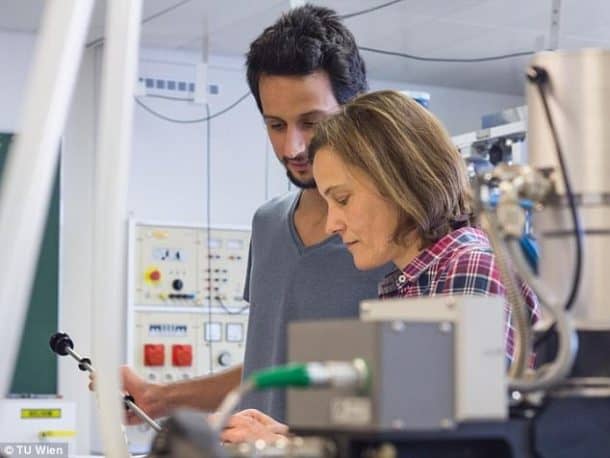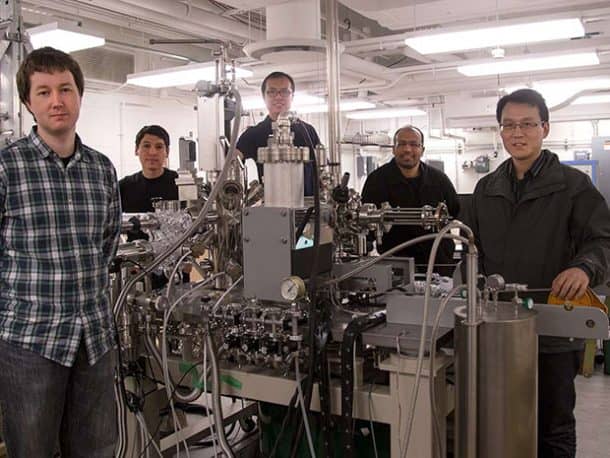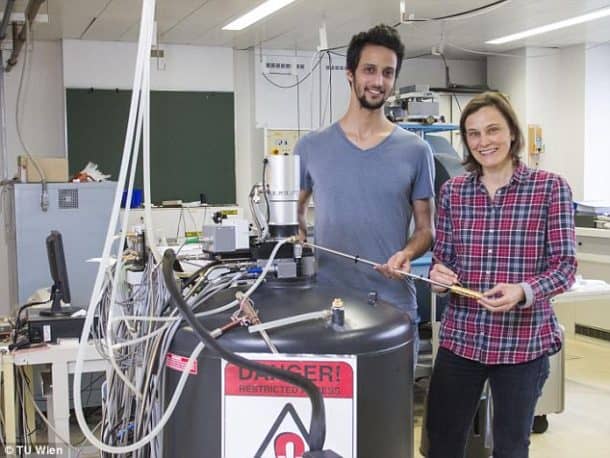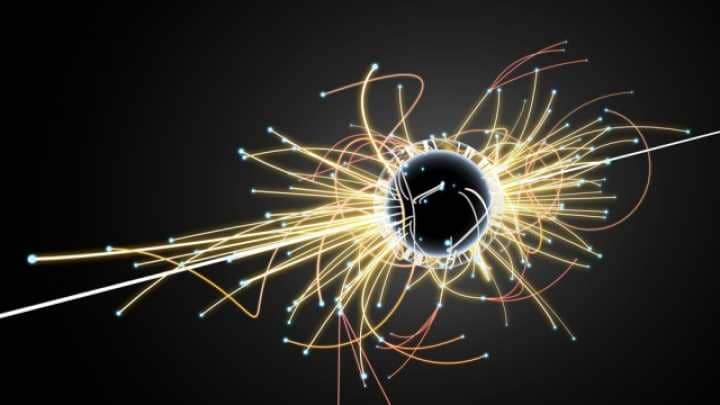A new semimetal material has been discovered by physicists and they claim that this alone could be the basis for a new branch of physics. The semimetal materials also known as Weyl fermions were spotted during dual studies in the US and Australia.
The researchers in one location were theorizing how it could exist while the other team was measuring its properties across the ocean. The quasiparticles in the semimetal material are the result of interactions between many particles, causing them to move at about three millionth the speed of light despite having zero mass.

Weyl fermions were predicted almost a century ago and were first measured back in 2015. They could one day revolutionize quantum computers and electronics. According to the researchers, such a system would be able to conduct electrical current with almost zero loss.
Researchers from the Vienna University of Technology have detected these particles successfully in strongly correlated electron systems. Laws of relativity dictate that free particles with zero mass should move with the speed of light. Weyl fermions are not free particles but are known as quasiparticles in a solid state. This means they are generated by a result of interactions between electrons.
“Quasiparticles are not particles in the conventional sense, but rather excitations of a system consisting of many interacting particles,” says Professor Silke Bühler-Paschen from the Institute of Solid State Physics at TU Wien. These quasiparticles in the solid state behave somewhat like water in a wave, where the wave is driven as a whole by the combined molecules.

This interconnected nature of the particles gives rise to extraordinary properties like high-temperature superconductivity and new kinds of phase transitions. “The strong interactions in such materials usually led, via the so-called Kondo effect, to particles behaving as if they had an extremely large mass,” says Sami Dzaber. “So it was astonishing for us to detect Weyl fermions with a mass of zero in this particular type of material.”
“Even though our Weyl fermions have no mass, their speed is extremely low,’ says Bühler-Paschen. “As such, they are even slower than phonons, the analog to the water wave in the solid state, and this makes them detectable in our experiment.”
The team at Rice University conducted theoretical investigations whereas researchers at TU Wien measured the properties of the semimetal material. The two parallel types of research have allowed a better understanding of the newly discovered particles.

“Even if Weyl fermions were initially found in other materials, it is much easier to control the effect in our strongly correlated materials,” says Silke Bühler-Paschen. “Due to their low energy, it is significantly easier to influence them using parameters such as pressure or an external magnetic field.”
It will not be long before we see these new particles being used in electronics.


